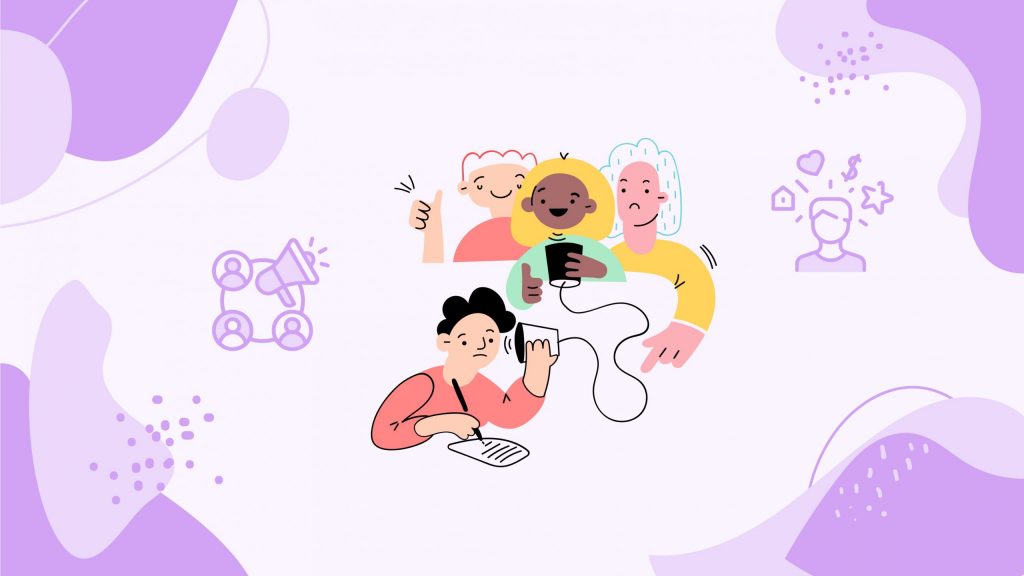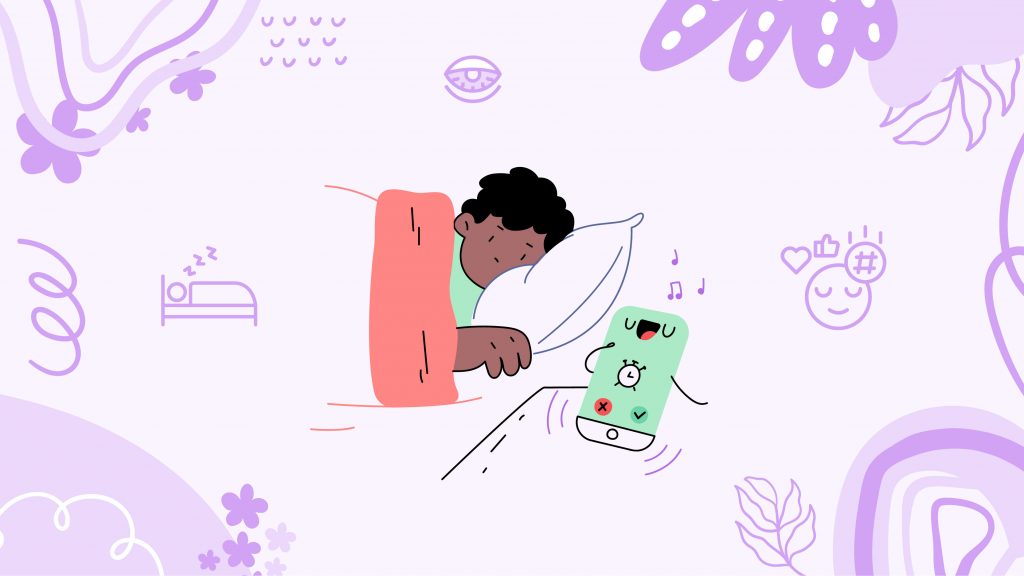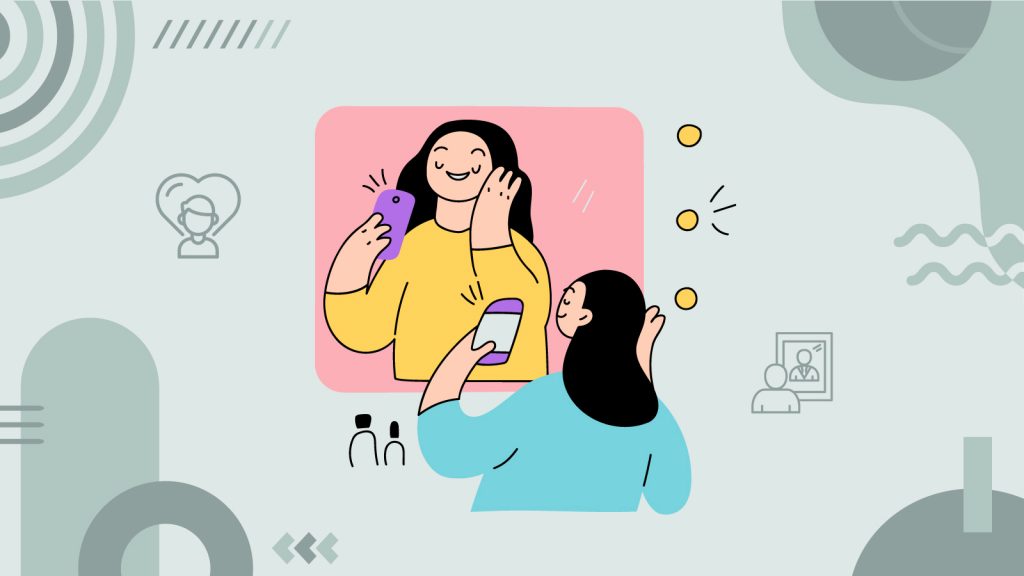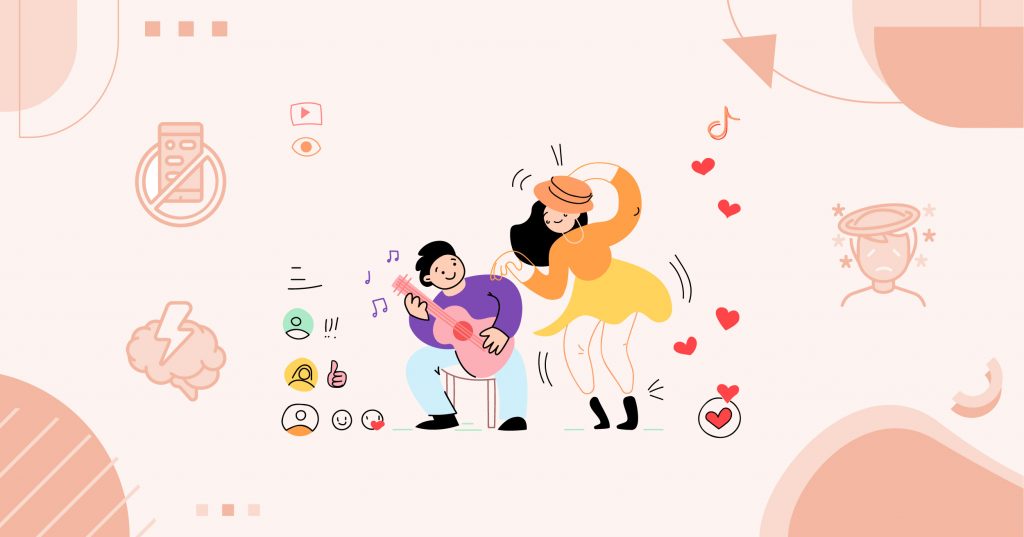The Truth About Social Influence
Ever feel like you’re just going through the motions, playing a part scripted by the unseen forces of society? You’re not alone. We’re all part of this subtle dance, often without realizing it. We tweak our wardrobe to match the unspoken dress code of our workplace, we laugh at jokes that aren’t funny, and we join in on the latest viral challenges—all in the name of fitting in. This constant social choreography can make it tough to tell: are these actions genuinely me, or just what I think I should be?
The push and pull of conforming can be exhausting. It’s like being a chameleon, always changing colors to match the backdrop of societal expectations. But at what cost? This tug-of-war between blending in and being ourselves is more than just a quest for social survival; it’s a delicate balance between authenticity and acceptance, between being true to ourselves and being part of something bigger.
Navigating this complex landscape requires us to constantly question and define our own values and beliefs, distinguishing between what is truly us and what is merely a reflection of what we think we should be. It’s not just about standing out—it’s about standing true to what really defines us.
The Brain's Role in Social Behavior
Ever wondered why there’s such a strong pull to go along with the crowd? It’s not just social pressure; it’s how our brains are wired. From an evolutionary standpoint, our ancestors’ survival often hinged on their ability to stick with the group. This deep-rooted survival mechanism is etched into our neural pathways even today.
Delve deeper into the brain, and you’ll find the prefrontal cortex and the amygdala at the forefront of our social behaviors. These areas are incredibly sensitive to the social dynamics around us. The prefrontal cortex, which helps us think ahead and weigh options, often takes cues from social norms to guide decision-making. Meanwhile, the amygdala, our emotional thermostat, keeps a vigilant watch on potential social threats.
When we toe the line and conform to group expectations, our brain rewards us by releasing dopamine, that feel-good neurotransmitter that reinforces behaviors that keep us safely within the social fold. This neurochemical reward system makes conformity not just a social choice but a source of pleasure.
However, when we buck the trend, the stakes are different. The amygdala perceives deviation as a threat, potentially triggering a cascade of cortisol, the stress hormone, which floods our system with anxiety and the uncomfortable feeling of being an outsider. This complex interplay of brain regions and chemicals explains why stepping out of line can feel as daunting as facing a predator in the wild. It’s all part of the intricate dance of human social survival, played out in the modern arenas of our workplaces, social spaces, and even our online interactions.
Subscribe to newsletter
Get your Gut Health Starter Guide right now.
Elevate your Tuesdays with practical, science-backed wisdom propelling you forward on your gut health journey.

Social Control vs Personal Control
Navigating the pressures of conformity without losing your individuality requires a conscious, deliberate approach. Here’s how you can maintain your autonomy while effectively engaging with the world around you:
- Increase Self-Awareness: Start by becoming more mindful of the influences around you. Pay attention to moments when you feel pressured to conform, and ask yourself why. Is it due to a genuine belief or an unconscious desire to fit in?
- Align Actions with Values: Regularly assess your decisions and actions to ensure they reflect your true values and beliefs, not just societal expectations. This might mean making choices that aren’t popular but are true to your principles.
- Foster Supportive Environments: Surround yourself with people and environments that celebrate authenticity. Seek out communities where individual differences are valued rather than merely tolerated.
- Practice Assertive Communication: Learn to express your views and needs clearly and respectfully, without succumbing to peer pressure. This can help reinforce your self-esteem and encourage others to respect your choices.
- Embrace Diversity: Actively engage with diverse groups and perspectives. This can broaden your understanding of the world and strengthen your confidence in where you stand within it.
- Reflect and Adjust: End each day with a brief reflection on your interactions. Consider whether your actions were influenced by external pressures and how you might remain more true to yourself in future scenarios.
Breaking the Mold of Social Control
Jason, a 28-year-old software developer, had long felt pigeonholed into the stereotypical role of a tech enthusiast. His true passion, however, lay in the arts—a side of himself he had muted for years fearing it wouldn’t mesh with the image others had of him. “At work, I played the part everyone expected, but deep down, I felt stifled, like I wasn’t being true to myself,” Jason recalls.
The turning point came during a life-coaching session, where his mentor encouraged him to embrace his full self, artistry included. Motivated by this, Jason began to slowly introduce his colleagues to his artistic side by sharing his sketches online. “It was terrifying at first to put my real self out there, expecting criticism or dismissal,” he admits. But the response was unexpectedly positive.
Encouraged by the support, Jason started to incorporate his artistic perspective into his tech projects, enhancing their design and user experience. “Merging my technical skills with my artistic flair not only improved my work but also made me enjoy it more,” he shares. This blend of skills led to innovative projects that stood out in his company, earning him recognition and respect.
Today, Jason is not only a successful software developer but also a champion for creativity in tech, leading initiatives that encourage artistic expression within the tech community. “Breaking free from the mold was the best decision I ever made. It not only changed my career path but also deepened my sense of self-worth and happiness,” Jason concludes.


















